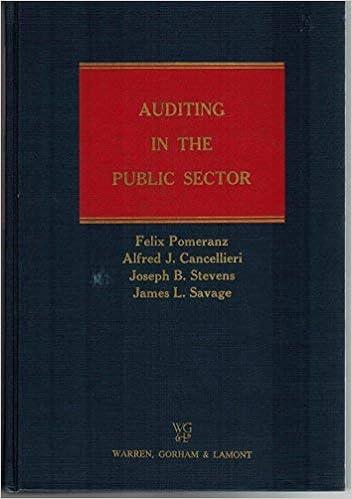


Assume Parent Ltd acquired all of the shares in Subs Ltd at this time. As part of the acquisition analysis, the fair value of the machine was estimated to be $154,000. The revaluation did not take place in the records of Subs Ltd, so an adjustment was made in the consolidation worksheet. How much is the revaluation increment? $_ Answer: Assuming a tax rate of 30%, what would be the value of the Deferred Tax Liability created due to this difference between carrying amount and fair value? $ Answer: What was the depreciation expense per year based on the original data? $ Answer: Assuming a tax rate of 30%, what would be the value of the Deferred Tax Liability created due to this difference between carrying amount and fair value? $ Answer: What was the depreciation expense per year based on the original data? $__ Answer: What would the new depreciation expense be per year if the revaluation actually took place? $ Answer: From the Group's point of view, this asset has been under-depreciated as the Group perceives its value to be higher than what is recorded by the subsidiary. A consolidation entry would therefore be required to increase both the Depreciation Expense and Accumulated Depreciation by how much per year? $_ Answer: Recording this additional depreciation expense would then impact profit and tax expense. By adjusting for more depreciation expense per year in the consolidation entries, tax expense will reduce by how much per year? $ Answer: The DTL created by the revaluation adjustment at consolidation was $4,200. The DTL will reverse away over the remaining useful life of the asset, which is how many years? Answer: Subs Ltd owns a machine that cost $200,000, which was to be depreciated over 10 years on a straight-line basis (zero residual value) What would the accumulated depreciation be after three years? $ __ Assume Parent Ltd acquired all of the shares in Subs Ltd at this time. As part of the acquisition analysis, the fair value of the machine was estimated to be $154,000. The revaluation did not take place in the records of Subs Ltd, so an adjustment was made in the consolidation worksheet. How much is the revaluation increment? $_ Answer: Assuming a tax rate of 30%, what would be the value of the Deferred Tax Liability created due to this difference between carrying amount and fair value? $ Answer: What was the depreciation expense per year based on the original data? $ Answer: Assuming a tax rate of 30%, what would be the value of the Deferred Tax Liability created due to this difference between carrying amount and fair value? $ Answer: What was the depreciation expense per year based on the original data? $__ Answer: What would the new depreciation expense be per year if the revaluation actually took place? $ Answer: From the Group's point of view, this asset has been under-depreciated as the Group perceives its value to be higher than what is recorded by the subsidiary. A consolidation entry would therefore be required to increase both the Depreciation Expense and Accumulated Depreciation by how much per year? $_ Answer: Recording this additional depreciation expense would then impact profit and tax expense. By adjusting for more depreciation expense per year in the consolidation entries, tax expense will reduce by how much per year? $ Answer: The DTL created by the revaluation adjustment at consolidation was $4,200. The DTL will reverse away over the remaining useful life of the asset, which is how many years? Answer: Subs Ltd owns a machine that cost $200,000, which was to be depreciated over 10 years on a straight-line basis (zero residual value) What would the accumulated depreciation be after three years? $ __










